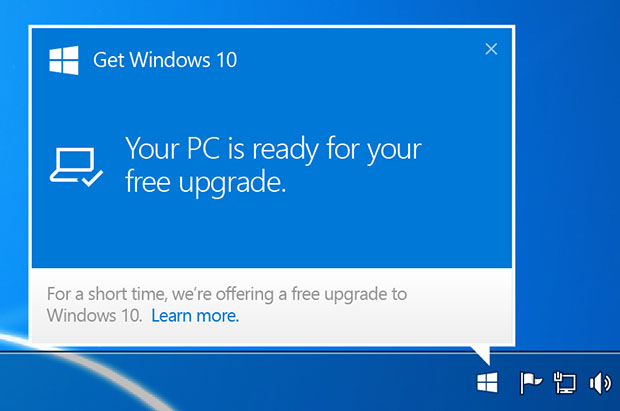Windows 10 Will Slowly Roll Out In Waves Starting July 29th
With Windows 10 set to launch at the end of the month - the 29th, to be exact - Microsoft has decided to clue us in on how the roll out is going to take place. What should be made clear up-front is just because you are opted-in to receive the free upgrade to Windows 10, it doesn't mean that you'll actually be able to go through with the upgrade on the day of release.
At this point, it seems the only way you could guarantee yourself an upgrade to the latest OS on its day of release is to become a Windows Insider, of which there are about 5 million to date. Microsoft notes that things could start a bit slow but then quickly ramp up. The biggest sticking-point relates to compatibility -- if Microsoft isn't certain that your particular upgrade experience won't be nearly perfect, it'll hold off until further improvements are made.

You can be sure that right now, Microsoft is ardently working on fixing as many bugs as it can, improve backwards compatibility, and support as much hardware as humanly possible. Ultimately, the number of people who can upgrade on the 29th is still likely to be an enormous number, and if you're using fairly standard mainstream hardware, I'd wager you'll be one of the first able to upgrade.
For business users, the upgrade process is much the same if you're equipped with a volume license. Editions that would fall into this licensing includes Enterprise, Pro, and Education.
One thing Microsoft makes very clear in its latest blog post is that Windows 10 is becoming a Windows "service". "For the first time, we will deliver Windows as a service, with the commitment to offer ongoing innovations and security updates to you. In this world, Windows 10 is continuously improved and keeps getting better and better – for our consumer and business customers."
It's still quite hard to tell exactly what Windows is going to be like a year or two from now - or even five or more - but Microsoft does seem very committed in making sure its OS remains the world's most-used on the desktop and in business.

